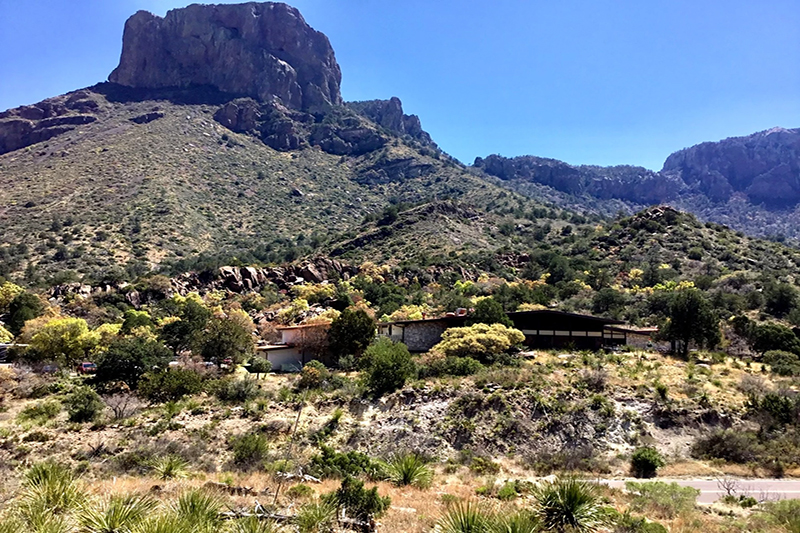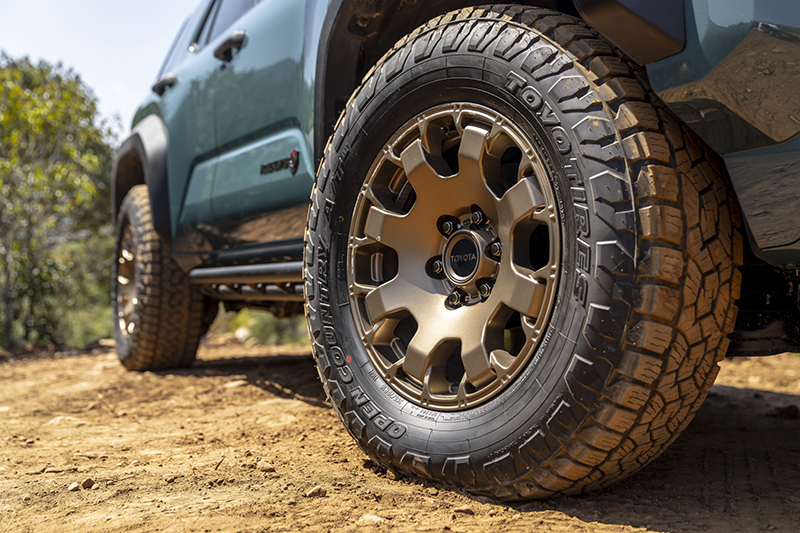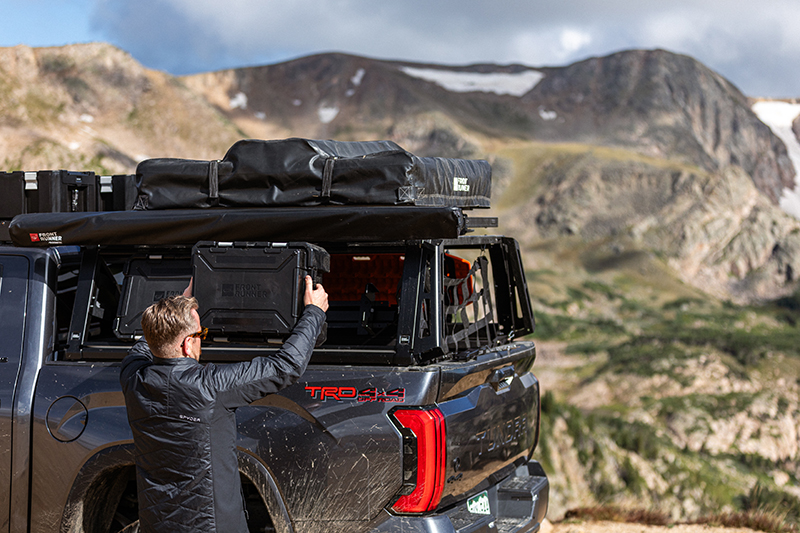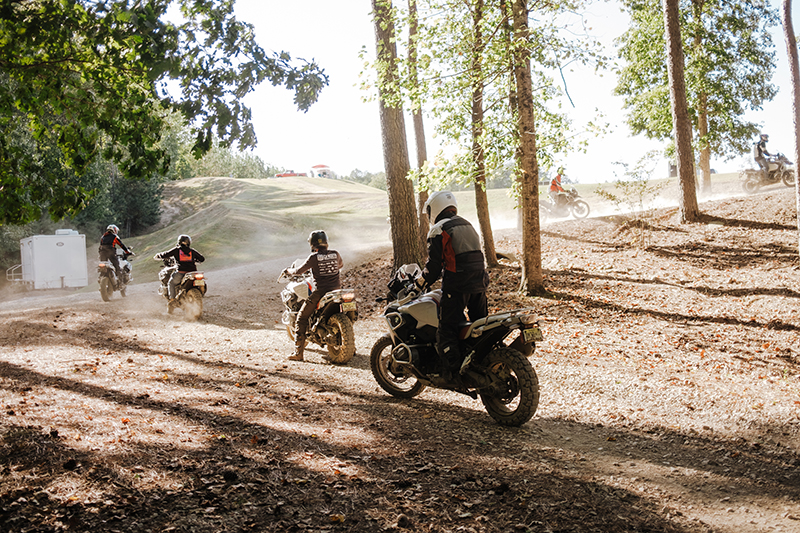Altra Lone Peak 4 RSM shines on all types of trails and can even handle backcountry backpacking adventures.
Altra Running helped usher in performance shoes truly meant to fit the human foot, featuring a minimal and unobtrusive design that lets a foot be a foot, no matter the terrain. If you haven’t experienced one of the best revolutions in performance footwear—a wide, comfy toe box and flat sole—then give Altra shoes a try.
The company was started by a former track star who worked at his dad’s running shoe store and noticed that most shoes forced athletes into an unnatural stride and gait. He began to cut up and rebuild shoes using his family’s toaster oven to meld them back together and eventually came up with a shoe that featured a wide toe box and outsole that didn’t rise up in the heel. That led to their first product, the Instinct in 2010, which (literally) put the running world back on their heels because of its innovative and comfortable, biomechanically inspired design. The large forefoot was named the Footshape toe box and the flat sole with no rise front to back was dubbed ZeroDrop, both attributes which exist today in all of their shoes, no matter the application. The first trail shoe, the Lone Peak, came out in 2011 and quickly garnered plenty of hosannas from adventure athletes and casual hikers.

The latest version of the award-wining trail shoe is called the Lone Peak 4 and it comes in four flavors: the standard, an airy mid-height model called the Mesh, and a waterproof version called the RSM that comes in low and mid. These are all essentially the same shoe under foot with only minor tweaks to materials on the uppers that make any difference in performance on the trail, so this review focuses on the RSM models.
Lone Peak 4 RSM Review
The first thing you notice when pulling the Lone Peaks out of the box is their lightness and that slightly bulbous toe box. If you’ve never tried any of the smaller shoe brands out now that design their products to more closely mimic how the foot naturally operates, then the shape of the shoe can be off-putting at first. Most of the popular runners and trail shoes still stick the old formula of a narrow and kind of pointy forefoot. But once you slip the Lone Peaks, or really any pair of Altras, you’ll quickly get over the clown shoe-like appearance because your toes and forefoot will finally feel free to spread out, especially if your feet run more toward the wide side.
Besides the Footshape construction and the ZeroDrop setup, the Lone Peak RSMs have beefed up toe protection, an upper made of 100% waterproof and breathable eVent material, and a super-knobby outsole called MaxTrac that offers great grip in all sorts of off-road conditions. The RSMs (which stands for Rain, Snow, and Mud) also include a system for attaching a pair of their gaiters, or sleeves that cover the tops of the shoes and ankles to keep out pebbles and debris, called GaiterTrap. The system consists of two side loops, a hook and loop tab on the heel, and a ring at the bottom of the tongue for a solid four-point hookup.

I put the Lone Peaks through many miles ultra-light backpacking, trail running, puttering around camp, and going through everyday life in an urban environment—they quickly became my go-to shoe. I have fairly wide feet and prefer being barefoot as much as possible in warmer temperatures and really appreciate the way the Altras allow your forefoot to flex and spread out when walking or running. That extra amount of space and flexibility gives you more stability and greater comfort when attempting sketchy downhill descents or leaping over rushing streams. I found the aggressive lugs on the outsole made for rock-solid progress through slippery mud and loose scree.
I never had any moisture breaches through the waterproof uppers, whether quickly splashing through creeks and puddles, or while walking through rainstorms on the street. The Low models however, have a fairly short collar, so going through anything deeper than about 3 inches can cause them to become flooded. For extra protection from water and more ankle stability, I’d go for the Mids, which have a 5-inch high collar at the lowest point.
These are light and flexible shoes (though I’ve found them very durable over hundreds of miles) and that may put off people used to wearing heavy leather hiking boots for their backcountry adventures. I was once in that crowd, but after wearing the Lone Peaks on many rugged trails, I’ll probably never go back to the old paradigm of big bulky boots, unless I’m carrying a heavy pack that requires more ankle support, or hitting truly extreme conditions or terrain.
Hiking, backpacking, or running in these nimble shoes adds another layer of pleasure to your outdoor adventure because your feet aren’t a concern anymore. No worries about blisters, no concerns about tight and stiff boots causing pain—they almost feel like you are cheating and attacking the backcountry wearing bedroom slippers, they are that comfortable. (In further testament to their greatness, hikers attempting the 2,653-mile Pacific Crest Trailregularly toss their traditional boots after the first few legs and snap up Altra Lone Peaks and use them for the remainder of the trek.)
The Bottom Line
Altra’s Lone Peak RSMs, which start at $150 for the Lowsand hit $160 for the Mids, are perfect for folks looking for a comfortable, capable shoe that will let you go fast and light in the outdoors. The wide toe box allows your feet to perform how they were designed to, whether trekking thousands of miles, going for a day hike, scrambling through rough terrain, or strolling around downtown.
OutdoorX4 Magazine – Promoting responsible vehicle-based adventure travel and outdoors adventure







